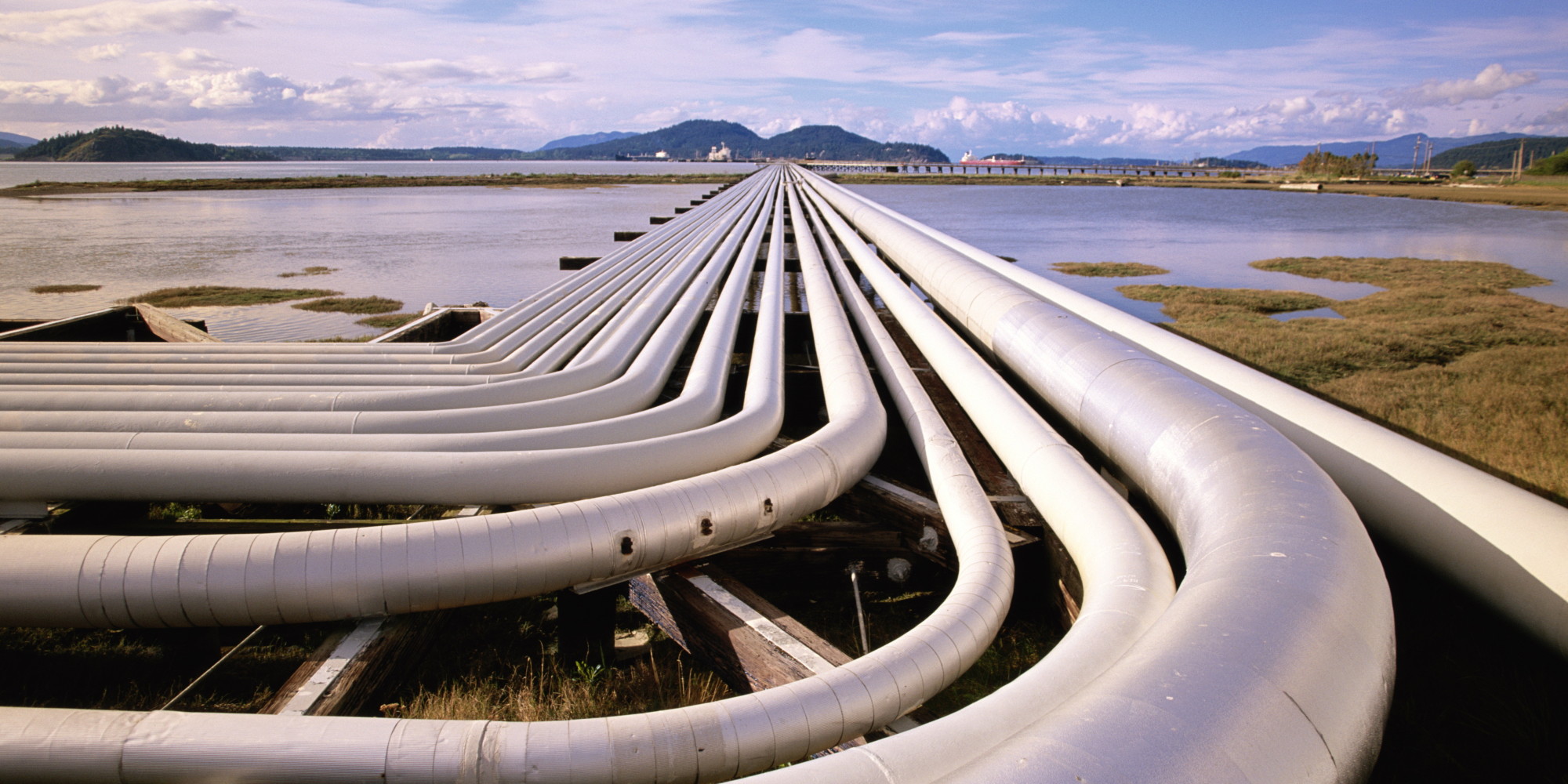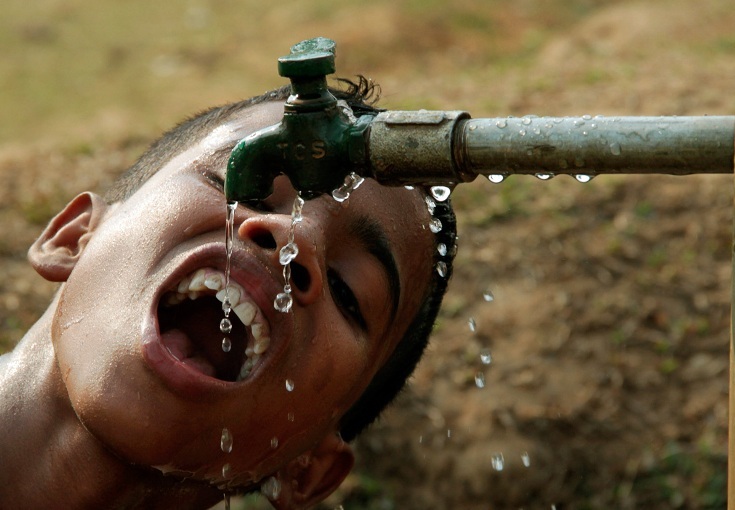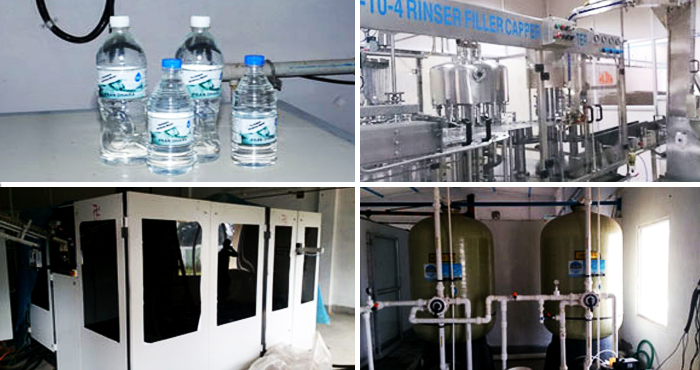The Bengal Government has decided to set up 5,000 more toilets with an aim to keep the forthcoming Ganga Sagar Mela “clean and green”.
More than 12 lakh people from different parts of the country visit the fair every year to a take a holy dip in the confluence of river Ganga in Sagar Island. This year, the turnout is expected to be more as there is no such Mela in other parts of the country. Around 15 lakh people are expected to visit Ganga Sagar in January 2017.
It had always been the target of Chief Minister Mamata Banerjee to keep the Sagar Island clean and green.
Subrata Mukherjee, the state Public Health Engineering minister, visited the venue on Sagar Island on Monday and held meeting with Sundarbans Development minister. Senior officials of the district including the District Magistrate and Superintendent of Police were also present in the meeting.
In a bid to ensure uninterrupted power supply, the state Power Minister Sobhandeb Chatterjee also went to the spot on Tuesday. Ganga Sagar Mela this time will be held on January 13, 14 and 15, but the people will start pouring into Sagar Island from January 8 onward.
The Bengal PHE Minister said that it had been the effort every year, to keep the Mela clean. But this time the Government will not leave any stone unturned to ensure that Ganga Sagar Mela turns out to be the cleanest of all, he said.
He said that there will be a total 15,000 sanitary toilets with proper markings. There will be bright coloured flags fitted on the top of the toilets so that volunteers can make people understand its location and people can also reach the place by tracking the flag.
It may be mentioned that 10,000 toilets were set up in the Mela held in January 2016. With the increase in 5,000 toilets, the task of keeping the Mela clean will be much easier.
Around 6,000 civil volunteers, all local youths, will be deployed in the mela only to keep the area clean. In case anyone dumps it outside the dustbin, then the volunteers will pick it up and throw it in the right place. This time, there will be people to collect waste products from the shops in the Mela to dump it in a particular place.
Sufficient quantity of safe drinking water will be supplied to pilgrims on the Mela days. Besides taking steps to keep the mela premises clean, steps have been taken to increase the number of vessels by around 20 to ensure that people do not face trouble in reaching the island by crossing Muri Ganga River.
There will be a total 90 vessels to ferry the pilgrims. At the same time, the state Irrigation department is carrying out the dredging work at five different locations on Muri Ganga to ensure easy movement of the vessels.
গঙ্গাসাগর মেলাকে পরিচ্ছন্ন রাখতে আরও ৫০০০ শৌচালয় গড়বে রাজ্য সরকার
গঙ্গাসাগর মেলা প্রাঙ্গণকে পরিচ্ছন্ন ও সবুজ রাখতে আরও ৫০০০ সৌচালয় গড়বার পরিকল্পনা নিয়েছে রাজ্য সরকার। সাগর দ্বীপের সংলগ্ন গঙ্গায় স্নান করে পবিত্র হতে প্রতি বছর দেশের বিভিন্ন প্রান্ত থেকে প্রায় ১২ লক্ষ মানুষ এই মেলায় আসেন। আশা করা হচ্ছে এই বছর এখানে জনসমাগম আরও বাড়বে কারন এই বছর আর দেশের অন্য কোথাও এই মেলা হচ্ছে না।
রাজ্য জন স্বাস্থ্য কারিগরি মন্ত্রী সুব্রত মুখোপাধ্যায় গত সোমবার ওই অঞ্চলে যান ও সুন্দরবন উন্নয়ন মন্ত্রী, উচ্চ আধিকারিক, পুলিশ সুপারিন্টেন্ডেন্ট ও জেলা শাসকের সঙ্গে বৈঠক করেন।
বিদ্যুৎ ব্যাবস্থা যাতে স্বাভাবিক থাকে, সেই জন্য বিদ্যুৎমন্ত্রী শোভনদেব চট্টোপাধ্যায় মঙ্গলবার স্থানটি পরিদর্শনে যান। এই বছর মেলা হবে ১৩ থেকে ১৫ই জানুয়ারী, যদিও জনসমাগম ৮ তারিখ থেকেই শুরু হয়ে যাবে।
জনস্বাস্থ্য কারিগরি মন্ত্রী বলেন এবছর নতুন ৫০০০ শৌচালয় তৈরি হওয়ায় মোট শৌচালয়ের সংখ্যা হল ১৫,০০০। এগুলির ওপর নিশান লাগানো থাকবে, যাতে সহজেই মানুষ তা খুঁজে পায়।
এ বছর মেলা প্রাঙ্গণকে পরিছছন্ন রাখতে ও উপস্থিত মানুষদের সাহায্য করতে মোট ৬০০০ স্বেচ্ছাসেবক থাকবে। যথেষ্ট পরিমানে পরিশোধিত পানীয় জলের যোগানের পাশাপাশি যাত্রীদের সুরক্ষাবাবদ ২০টি অতিরিক্ত জলযান ওখানে উপস্থিত থাকবে যাতে ওখানে কোনও দুর্ঘটনা না ঘটে। সব মিলিয়ে মোট ৯০টি জলযান উপস্থিত থাকবে যাত্রীদের পারাপারের জন্য।






